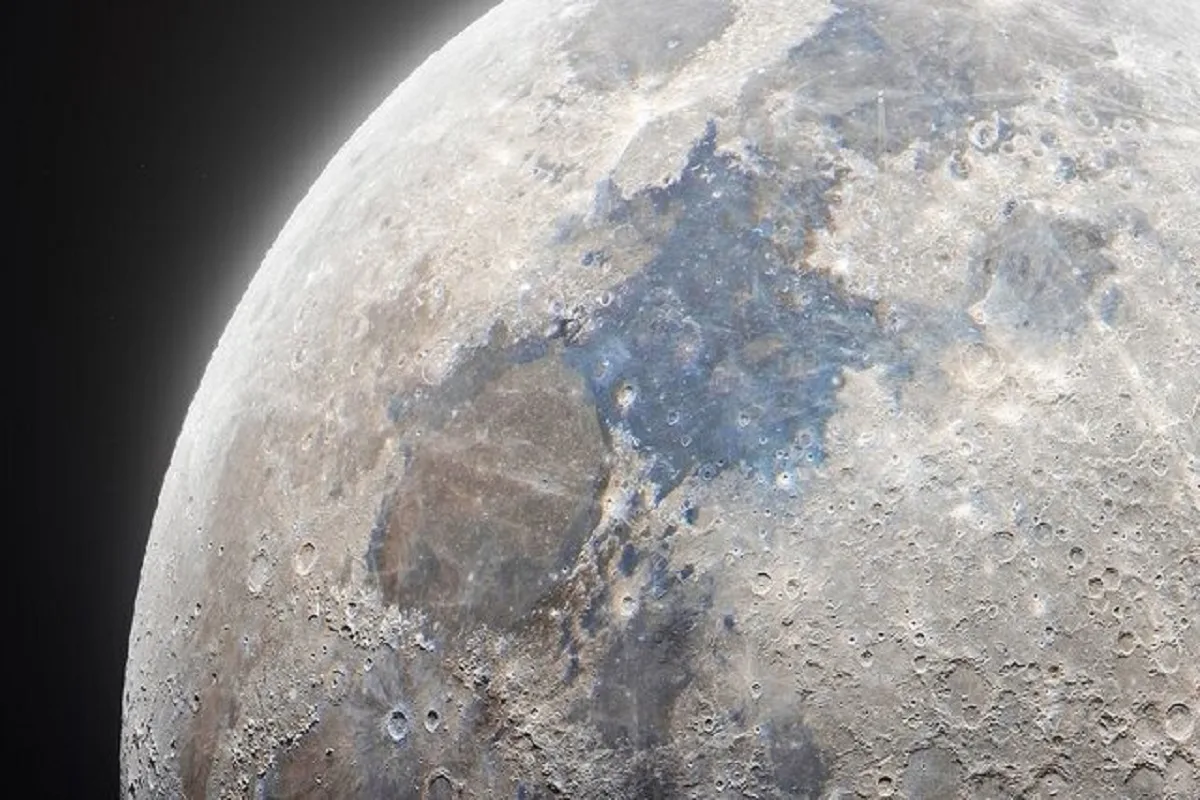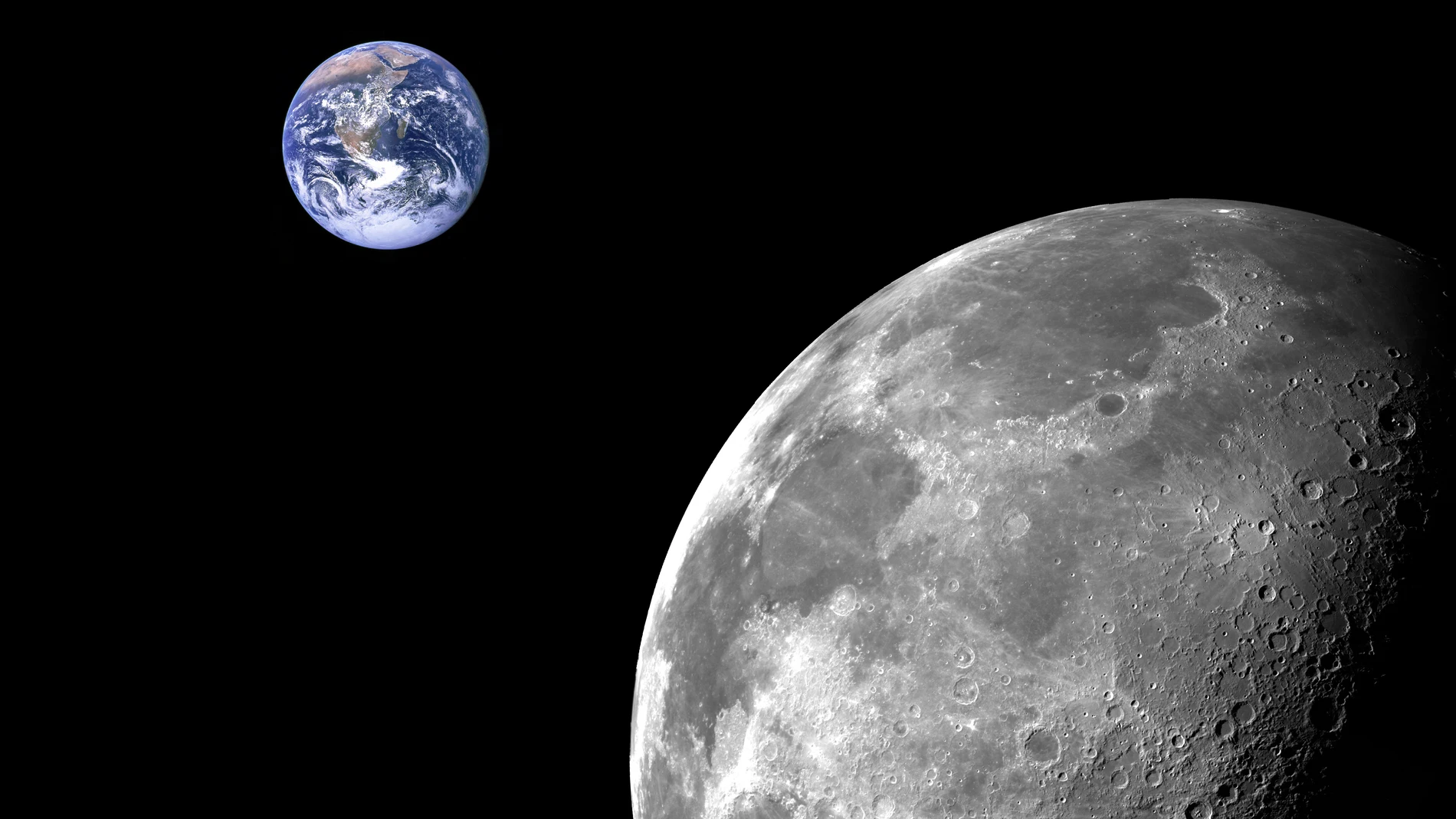The Earth does not rotate at a constant speed, and the moon is responsible for this. On 9 July 2025, the Earth rotated a little faster than usual, enough to shorten the day by between 1.3 and 1.6 milliseconds compared to the standard 24 hours. Okay, it’s true: it doesn’t seem like much of a difference, but the reality is that it was the shortest day since modern records began.
But very soon the record will be broken again. Twice. Scientists are expecting two even shorter days this summer: 22 July and 5 August will be the shortest days in history. And all this, in part, thanks to the moon.
The reality is that the Earth does not rotate at a perfectly constant speed. Although we define a day as 24 hours, in reality, its length can vary slightly from one day to the next due to internal and external forces acting on the planet.
Over time, the Earth’s rotation is gradually slowing down, largely due to the friction of the lunar tides. The moon’s gravity pulls on the Earth’s oceans, creating tidal bulges that act as a brake. This adds about 2 milliseconds to the length of the day every century.
But on shorter timescales, from days to months, the Earth’s rotation can even speed up, as happened on 9 July and will also happen on 22 July and 5 August.

On 9 July, the Moon was at its maximum declination, meaning it was at its furthest point from the Earth’s equator. This creates an off-centre gravitational pull that slightly modifies the Earth’s axial oscillation, causing a small but measurable increase in the speed of rotation.
This unusual lunar alignment is the main cause of the short day, and two other high declination alignments, on 22 July and 5 August, are expected to have similar effects. Scientists have used atomic clocks to monitor the Earth’s rotation with millisecond precision since the 1960s. Globally coordinated timekeeping began in 1972.
Atomic clocks can detect fluctuations of just a few milliseconds in the length of a day. By comparing Earth time, known as Universal Time 1, with International Atomic Time (TAI), scientists can accurately track how much the planet’s rotation varies.
According to the International Earth Rotation and Reference Systems Service (IERS), 9 July 2025 was the shortest day ever recorded using these modern methods.
When the Earth’s rotation slows down over time, scientists add a ‘leap second’ to Coordinated Universal Time (UTC) to keep the time aligned with the actual rotation of the Earth. This usually happens every few years. The last time it happened was in 2016.
Leap seconds work like this: if the Earth becomes more than 0.9 seconds out of sync with TAI, the IERS steps in to add a second to the clock, usually on 30 June or 31 December.
But now, with the Earth spinning faster, we face the opposite problem. If this trend continues, we could soon get ahead of atomic time, which would require removing a second. This would be called a negative leap second, and it is something that has never happened before.
Some scientists predict that if the Earth’s rotation continues to speed up by just a few milliseconds each year, a negative leap second may be needed around 2029, although the exact timing will depend on future measurements.

